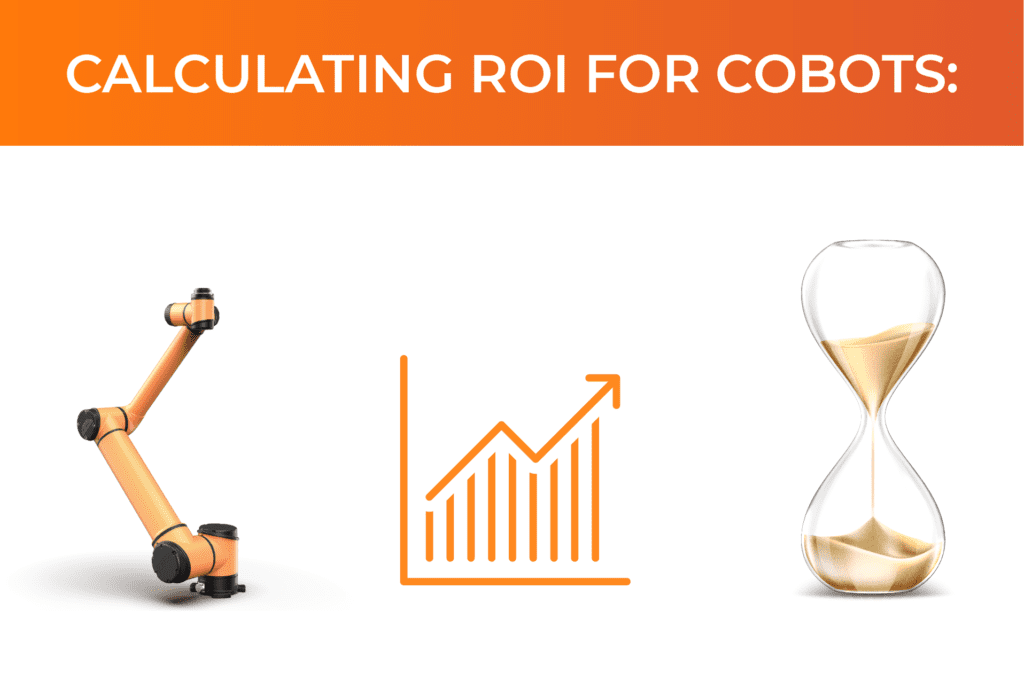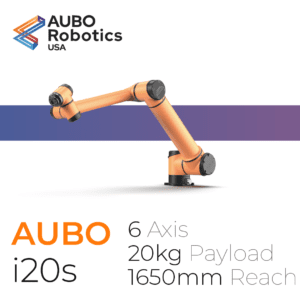Introduction
In today’s competitive business landscape, maximizing efficiency and profitability is crucial. Cobots, or collaborative robots, have emerged as game-changers in achieving these goals. However, before integrating cobots into your operations, it’s vital to assess the return on investment (ROI) they can provide. In this guide, we will explore the factors to consider when calculating the ROI for cobots. From cost savings to increased productivity, we will delve into the key components that contribute to a thorough ROI assessment.
Understand the Benefits of Cobots
To begin determining the potential ROI and business growth as a result of adding a cobot to your automation process, determine if a cobot is the right solution for you. Cobots offer a myriad of production advantages including their collaborative nature, flexibility, and in the case of AUBO cobots, their open source architecture. All of these factors can help save your organization money, but the extent to which they impact your decision is entirely dependent on your specific needs. Not all cobots are made equally – If you need help assessing your use case, consider contacting one of our automation experts to help you with the following:
- Highlight the advantages of cobots in various industries, including improved productivity, enhanced safety, flexibility, and scalability.
- Showcase real-life examples of businesses that have successfully implemented cobots and achieved significant ROI.
Factors to Consider in ROI Calculation
After you complete your initial analysis to understand the relevancy of specific cobot features for your use case, it’s important to understand the areas of your business where a cobot will bring the most significant potential for business growth and efficiency. These are the areas we recommend evaluating to calculate potential ROI:
- Evaluate the cost savings achieved through reduced labor costs, decreased errors, and optimized resource allocation.
- Examine the impact of increased productivity, including faster cycle times, higher production output, and improved overall efficiency.
- Discuss the potential for improved product quality, decreased waste, and enhanced customer satisfaction through the precision and consistency of cobots.
- Explore the scalability and adaptability of cobots, enabling your business to meet changing demands and market fluctuations.
Assessing the Costs of a Collaborative Robot Implementation
Many cobot manufacturers charge for basic features like software licenses or lock you into a proprietary ecosystem of end of arm tooling. Often times, even if you’re buying from a distributor – these costs end up bundled in the out the door price of your cobot. It’s important to identify the long term costs of proprietary software and hardware – and note that open source cobots, and non-proprietary cobots support secondary development, and don’t include mandatory costs. In this step, take a deep dive into the cost of implementing a cobot into your automation workflow by completing the following:
- Break down the various cost components involved in cobot implementation, including initial investment, installation, training, and maintenance.
- Highlight the importance of considering the total cost of ownership (TCO) over the cobot’s lifecycle, including potential upgrades or modifications.
Quantifying ROI for Cobots
Now that you’ve broken down the numbers, you need to understand how you will use them to calculate the ROI for your organization and use case. At this point it’s important to use the information you’ve identified in prior steps to:
- Outline how your organization will determine and calculate the ROI for cobots, including determining the payback period and establishing key performance indicators (KPIs).
- Set realistic benchmarks to measure both the tangible and intangible benefits of cobots.
- Introduce common ROI formulas and tools that can assist in the calculation process.
Conclusion
Calculating the ROI for cobots is a critical step in making informed decisions about their incorporation into your operations. By considering factors such as cost savings, increased productivity, and other tangible benefits, businesses can determine the true value that cobots bring. With this complete guide, you now have the knowledge and tools to assess the ROI of cobots accurately. Embrace the power of cobots to drive efficiency, productivity, and profitability in your business.
Making an informed decision about incorporating a collaborative robot into your operation process doesn’t have to be hard. By considering factors such as cost savings, increased productivity, and other tangible benefits, businesses can determine the true value that cobots bring to their organization. With this complete guide, you now have the foundational knowledge and tools to assess the ROI of cobots accurately.
Contact a member of our team to discover how the increased consistency and reliability, higher production output, and resource flexibility helps prove ROI and embrace drives efficiency, productivity, and profitability in your business.
Disclaimer: The information provided in this article is for informational purposes only and should not be considered as financial or investment advice. It is recommended to consult with professionals or experts when making financial decisions.




